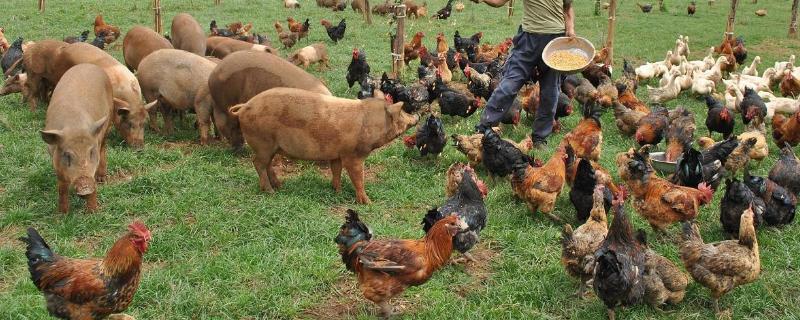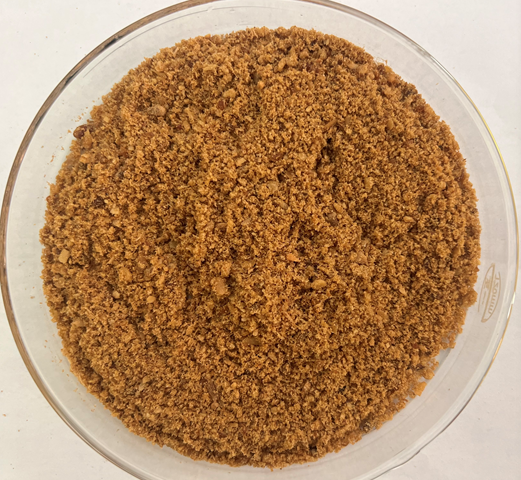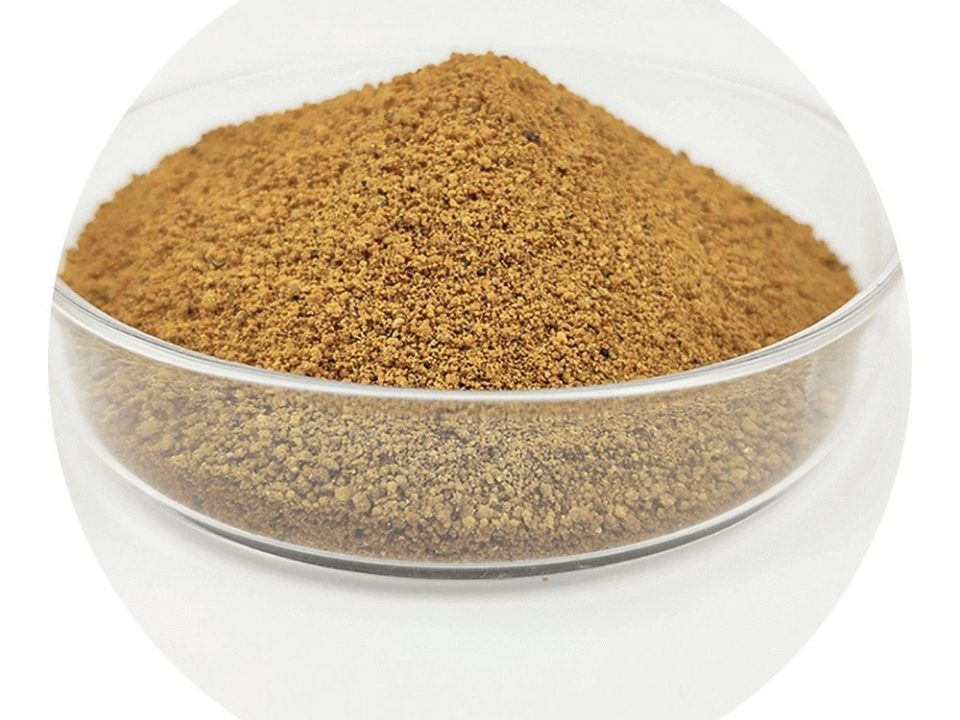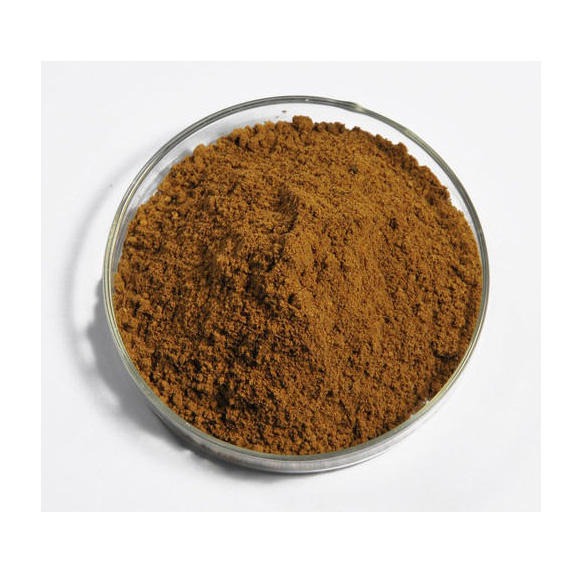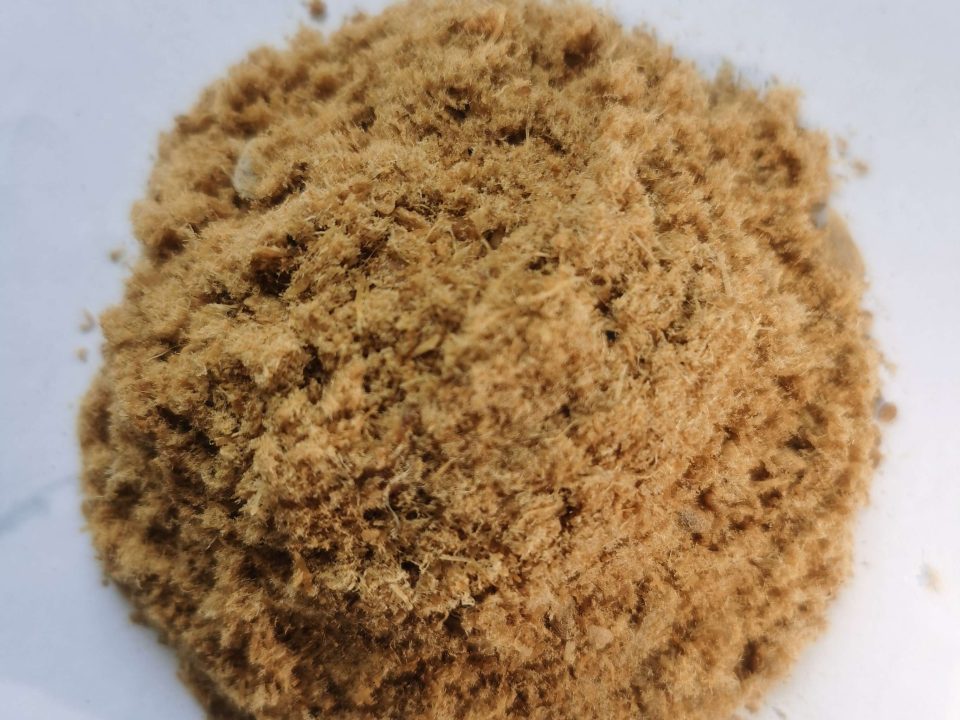Definitive Study Establishes New Recommended Levels of Phosphorus and Calcium for Pigs

What is the difference between DCP and MCP for animals
July 7, 2022
The Three Stages of the History of Oregano as a Feed Additive
July 18, 2022Until recently, when discussing phosphorus and calcium requirements for pigs, many feed producers and pig farmers turned to the Phosphorus Standards for Pigs: 2003 Revision study as their source of information. In a sea of data on animal nutrition, for the past 16 years, this research by Jongbloed, van Diepen, and Kemme has been the definitive study on the subject…until now.
This is because a study by researchers at Wageningen University that was published in May 2018 is increasingly seen as the new leading light on this topic.
The study, titled Phosphorus and Calcium Requirements of Growing Pigs and Sows, presents a comprehensive analysis of the effects of phosphorous and calcium levels and reports on requirements and “key points.”
Phosphorus and calcium requirements for pigs have a new definition
Researched by Machiel Blok and Paul Bikker, from the university’s Department of Animal Nutrition, the study was conducted to gain a better understanding of the ideal levels of phosphorus and calcium in a pig’s body through the different stages of its life. The analysis was necessary due to the rapid development of livestock since the last study in 2003, and includes new methods and scientific data, as well as changes in pig farming.
Changes in the genotypes of modern pigs mean that their genetic capabilities have also changed. From improving feed efficiency, to body augmentation, to piglet production, today’s pigs are genetically different, with different nutritional needs. Dietary requirements are constantly evolving as the industry evolves as well.
With such a high standard set by previous research, Bikker and Blok needed to be thorough, basing their findings on multiple data sources. As the Wageningen University website reports, the study was, “based on endogenous losses of Ca and P in faeces and urine, retention in the body of growing pigs, in maternal and fetal tissues, milk in sows, and the efficiency of the processes involved The requirements have now been expressed on a standardized digestible basis in which basal endogenous losses are considered as part of the maintenance requirements of the pigs As a consequence, these recommendations should be used in combination with the standardized digestible P content of feed materials and diets.”
The study also takes into account modern environmental concerns to limit phosphorous runoff that may not have been considered as deeply in a previous analysis.
Just as the accuracy and influence of earlier studies have also faded over time, so too will the findings in this latest work. The ever-changing face of modern agriculture and modern pig breeds means that no single study can be the final word on phosphorus and calcium in pigs.
However, this study still presents the ideal levels of P and Ca in pigs throughout the life of an animal (compared to Jongbloed’s 2003 analysis) as follows:
1. The previous recommendation used apparent total tract digestibility; current recommendations are based on standard digestibility of P.
2. Temporary reduction to limit Ca content and buffering capacity of weaning diets.
If you want to learn more about the feed and feed additive markets in China, take a look at the other articles on the AGCHEMI blog, including the Top 5 Challenges for Feed Exporters and Manufacturers in Chinese Markets, and the growth and export in the feed market in China.


